The P-Delta effect is also known colloquially as the calculation according to the second-order analysis with applying imperfection. According to ASCE 7-16 [1], a check must be made after calculating the equivalent seismic loads as to whether it is necessary to consider this P-Delta effect. The following formulas are given at Point 12.8-16 in the standard.
It is not necessary to consider P-Delta effects on floor shear and moments as well as floor deformations if the stability coefficient is smaller than 0.1. This coefficient can be determined with the following formula:
|
Θ |
Stabilitätskoeffizient |
|
Px |
Maximale Bemessungsvertikallast auf und über dem Geschoss x |
|
Δ |
Bemessungsverformung des Geschosses, definiert in Kapitel 12.8.6 |
|
le |
Bedeutungsbeiwert nach 11.5.1 |
|
Vx |
Horizontalschub zwischen den Geschossen x und x - 1 |
|
hsx |
Geschosshöhe unter dem betrachteten Geschoss x |
|
Cd |
Verformungsverstärkungsfaktor nach Tabelle 12.2-1 |
The stability coefficient must not exceed 0.25 to perform a second-order analysis. If the coefficient is greater than the maximum value, we recommend revising the structure, because it has no stability according to the second-order analysis. The maximum value is calculated as follows:
|
Θmax |
Maximum value of stability coefficient |
|
Cd |
Deflection amplification factor acc. to Table 12.2-1 |
where β is the ratio between the shear capacity of the single levels x and x-1. The conservative approach is to apply 1.0 here.
If the stability coefficient is between 0.1 and 0.25, the calculation can be performed according to the P-Delta analysis. It is also possible to calculate the determined internal forces and the deformation according to the linear static analysis, then increase it with a factor. The following formula is used:
The P-Delta effect according to ASCE 7-10 of 2016 does not have to be used consistently, as shown with the formulas. Therefore, it is worthwile to check the formulas according to 12.8.6 to avoid extra work.









.png?mw=350&hash=c6c25b135ffd26af9cd48d77813d2ba5853f936c)














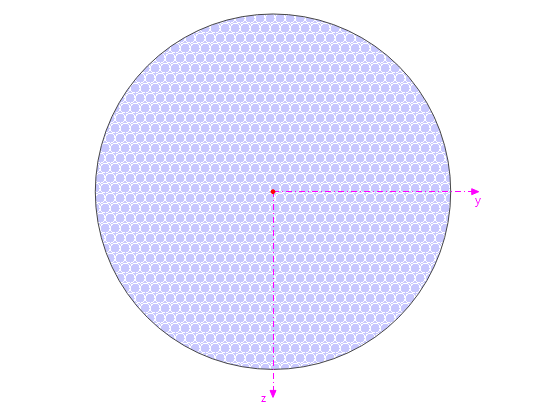
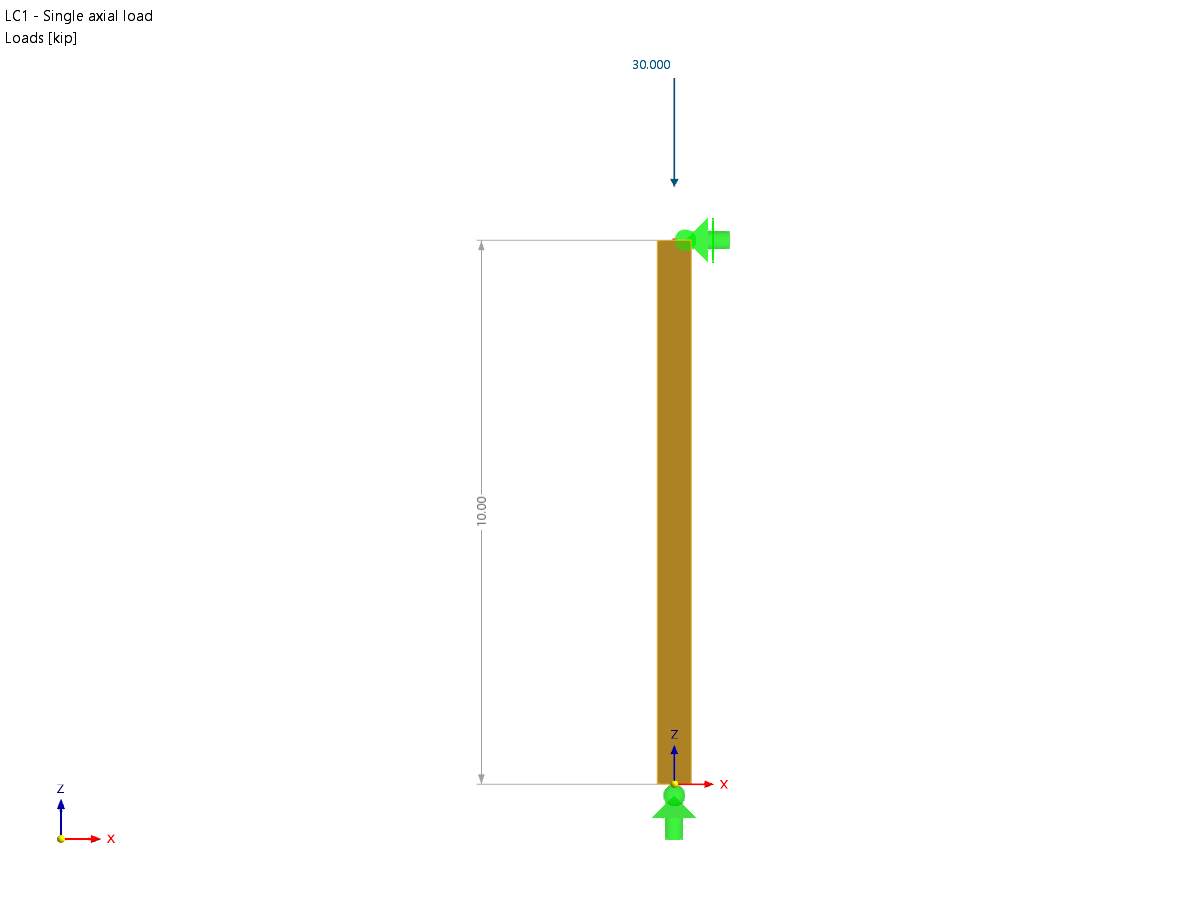
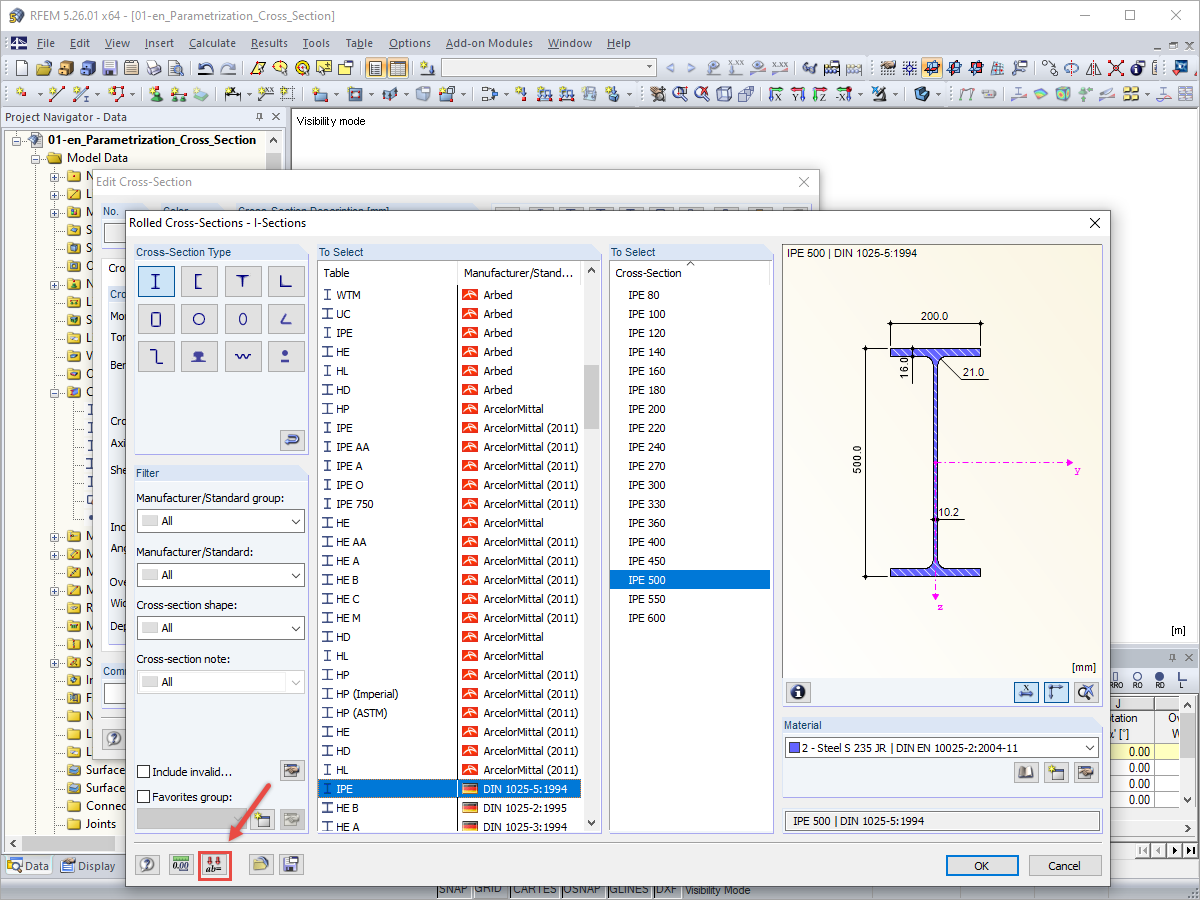
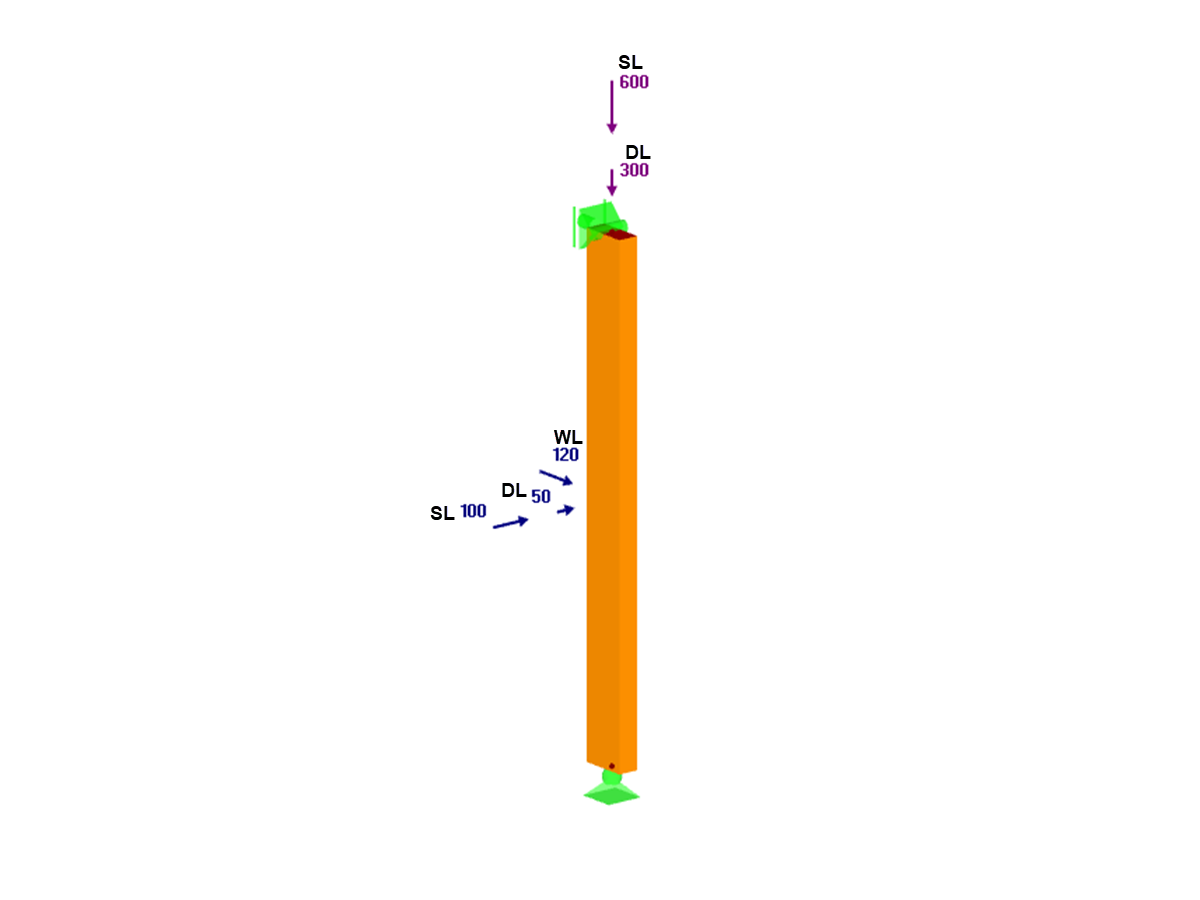











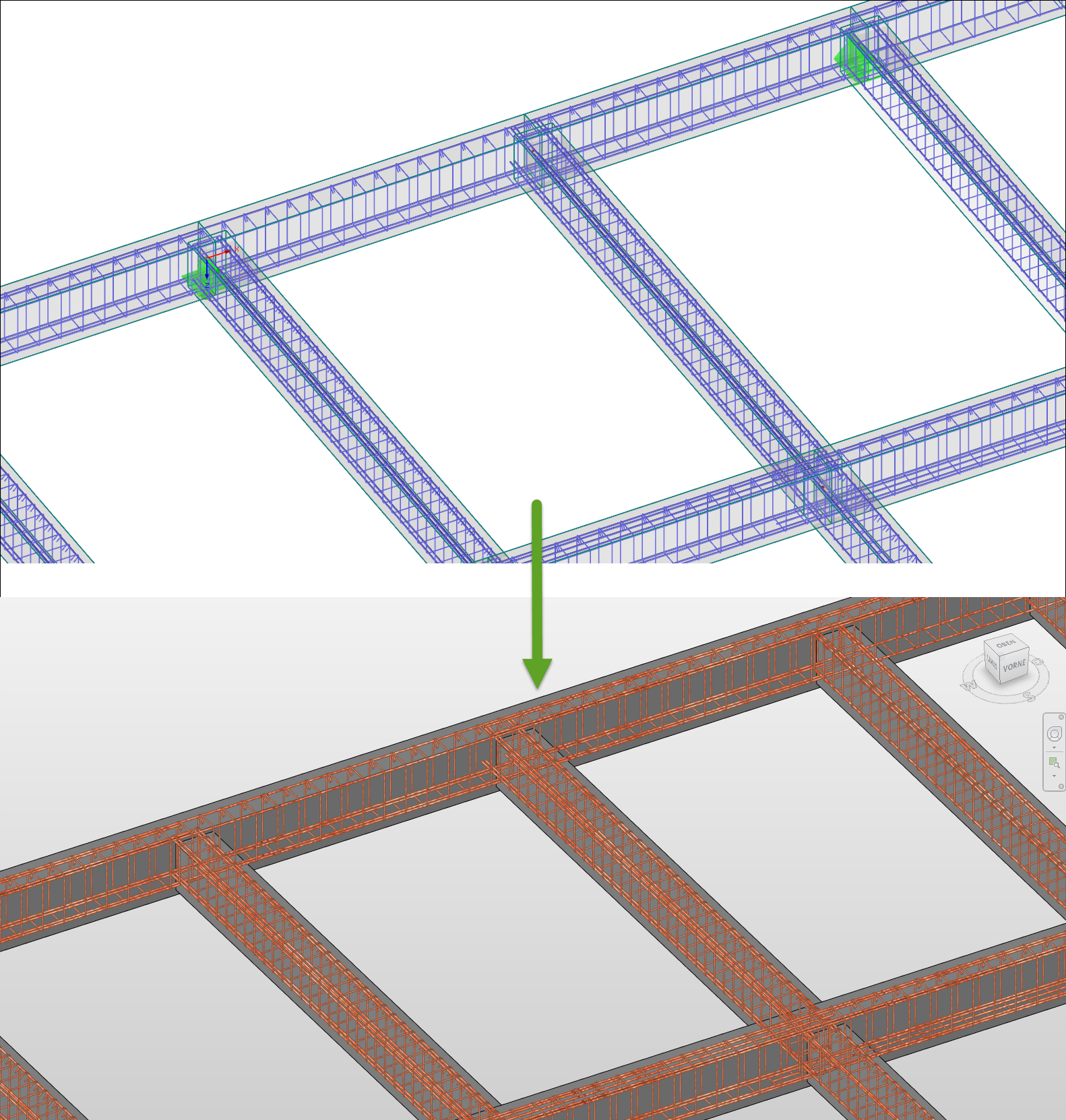








_1.jpg?mw=350&hash=ab2086621f4e50c8c8fb8f3c211a22bc246e0552)





